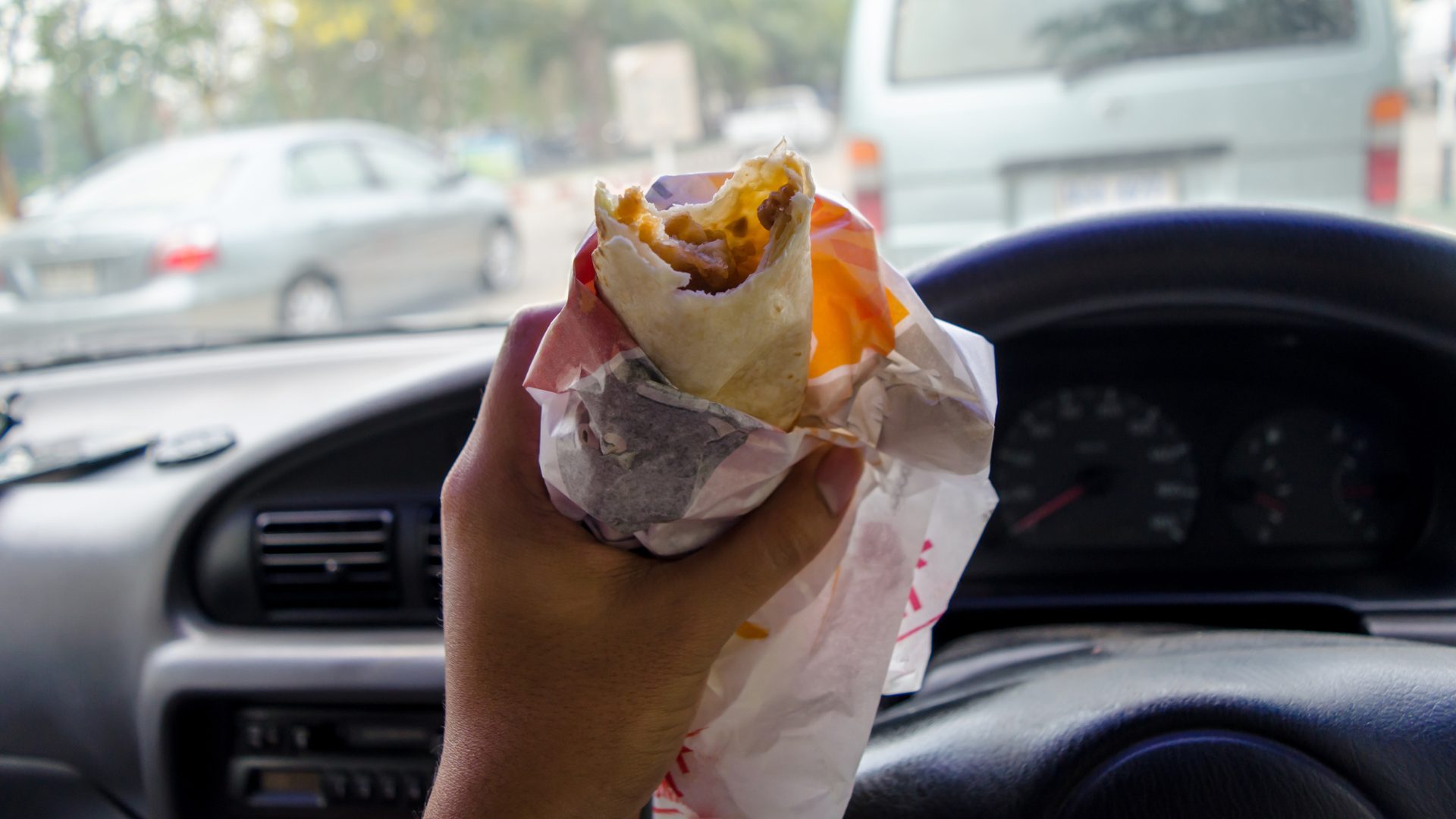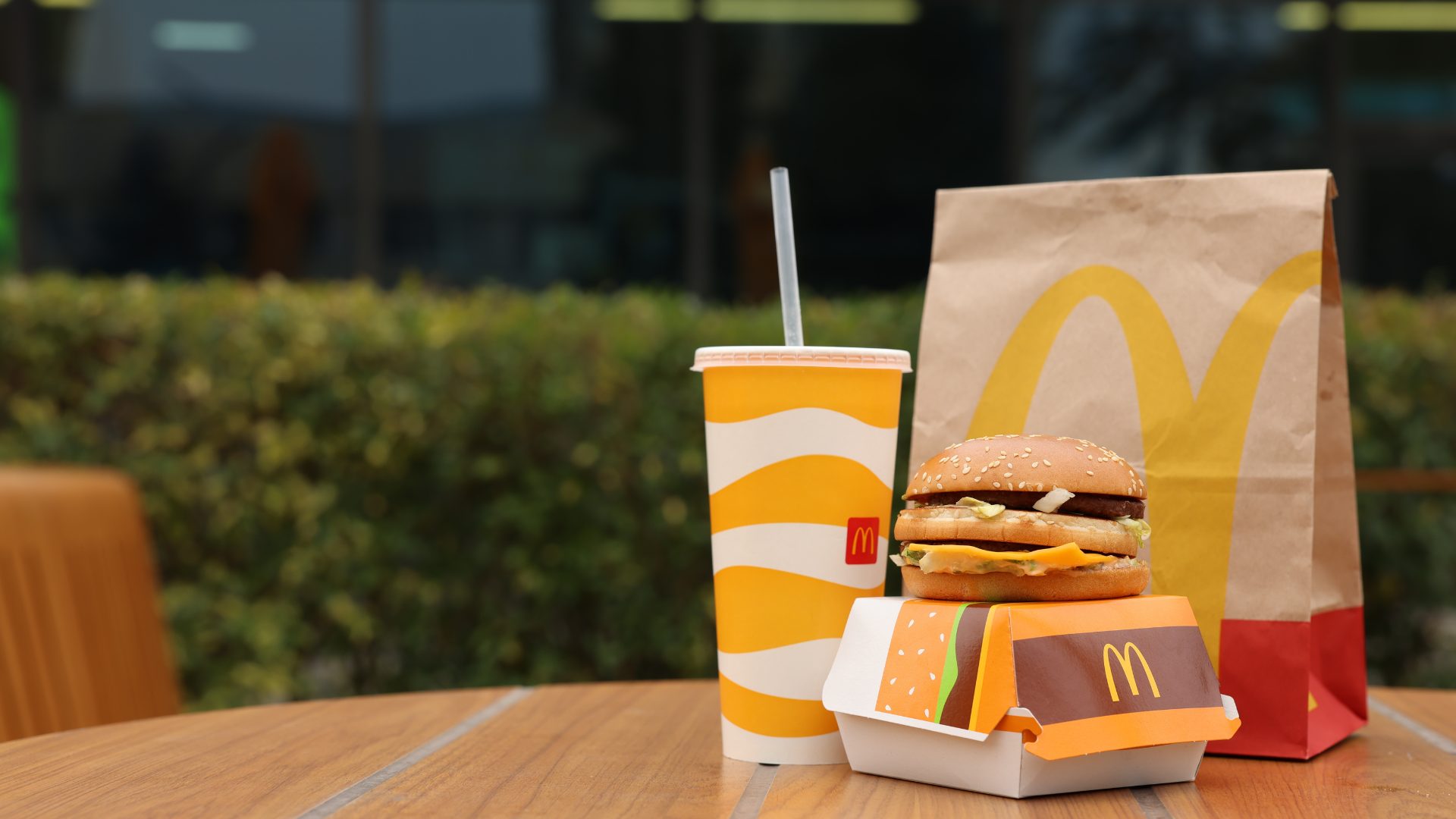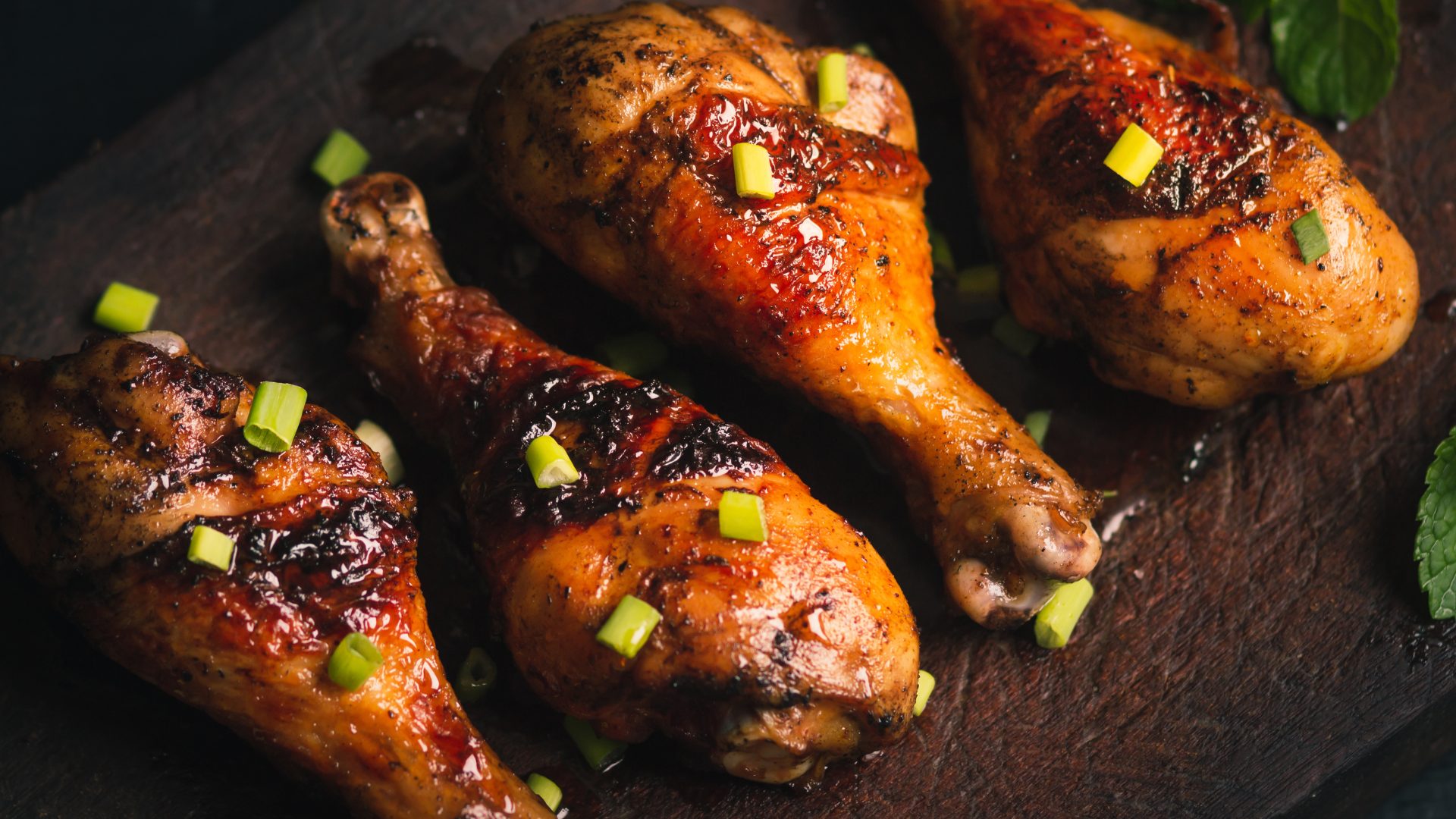Chicken is hot right now. Kentucky Fried Chicken, however, is not.
As the Wall Street Journal noted recently, KFC, a key element of Yum! Brands, has posted declining domestic same-restaurant sales for six consecutive quarters now. Not long ago, the chain was the leading seller of fast-food chicken; it’s now in fourth place, with industry experts expecting it will be surpassed by Wingstop next year.
KFC certainly can’t blame the category. Popeye’s has posted strong sales over the past few years, thanks in part to winning “the fried chicken sandwich wars”. Barely eight years after being founded as a food truck, Dave’s Hot Chicken sold for nearly $1 billion. Traditionally burger-focused QSR chains have stormed in; so has fellow Yum! brand Taco Bell.
Analysts are even asking pizza king Domino’s if it should add chicken offerings to capitalize on the demand.
KFC’s Comeback Recipe
Nor can the company blame the external environment. In recent years, QSR chains admittedly have struggled with consumer demand and pricing; even Popeye’s has seen sales slow sharply in recent quarters. But in that same environment, Yum’s own Taco Bell unit has been one of the industry’s biggest stars.
Indeed, KFC itself has performed exceptionally well everywhere except the U.S. In the first half of 2025, system-wide sales outside the U.S. are up 7%; at home, they are down 5%.
And at least per Yum! management, the problem isn’t the brand. In May of last year, Yum! CEO David Gibbs said the company has the “world’s greatest chicken brand”. That brand should, in theory, back efforts to focus more on chicken sandwiches and boneless options like tenders — precisely the products that are doing so well for rivals like Raising Cane’s, Zaxby’s, and other startups.
Yet so far, KFC hasn’t been able to reverse its slide. That’s not for a lack of trying. New management has come in, with a new CEO for the brand globally and a new head for U.S. operations. In July, those new leaders launched a “Kentucky Fried Comeback” campaign, aiming to regain lost customers. Meal deals and potato wedges have returned; fried pickles have been added to the menu.
The campaign bears a slight hint of the famously successful turnaround by Domino’s last decade. The image of founder Colonel Sanders has changed from smiling to serious, because as KFC U.S. president Catherine Tan-Gillespie noted in a company press release, “The Colonel would not be happy about our market share”. To prove to consumers that execution and product have improved, the campaign included an LTO of a free bucket of chicken with digital orders.
KFC Tries a Total Reboot
So far, there isn’t much evidence that the turnaround is working. And after two decades and other turnaround attempts — including a ‘Re-Colonelization strategy” begun in 2016 — skepticism is warranted. After all that time, multiple management changes, and a series of turnarounds and marketing campaigns, KFC simply hasn’t been good enough.
One potential explanation is the fact that, for Yum, KFC U.S. simply isn’t a priority. About 80% of the company’s profits come from Taco Bell’s domestic operations and KFC franchisees overseas. Executives including Gibbs repeatedly refer to those two businesses as Yum’s “growth engines”.
The remainder of the business often seems like something of an afterthought. (Perhaps not coincidentally, Pizza Hut similarly has failed to gain traction on multiple turnaround attempts.) Even in the U.S., KFC simply isn’t that big. The brand accounts for about one-fourth of Yum’s domestic locations.
Indeed, it’s telling that the one initiative that seems to most excite Yum! executives is KFC’s launch of a new concept. Saucy premiered earlier this year in Orlando; Gibbs said on the second quarter conference call that new units would be added; after Q1, the company said the converted location was among the 15 highest-selling locations in the entire country.
Saucy moves away from KFC’s legacy bone-in chicken to tenders; as the name suggests, it focuses on the sauces (11 in total, with the potential for limited-time additions as well) over the actual chicken. Even the decor — a buzzy pink — is a notable contrast to KFC’s classic red and white scheme.
In other words, Saucy is a complete departure from KFC’s legacy business model. After a two-decade slide at KFC, it’s hardly a surprise that Yum! is trying something completely different.
Vince Martin is an analyst and author whose work has appeared on multiple financial industry websites for more than a decade; he’s currently the lead writer for Wall Street & Main. He has no positions in any securities mentioned.
Food for Thought Leadership
Is the future of flavor increasingly borderless? Valda Coryat, vice president of marketing for condiments and sauces at McCormick, reveals how curiosity powers McCormick’s flavor foresight, why segmentation by “flavor personality” matters, and how flavors are becoming more culturally driven.











